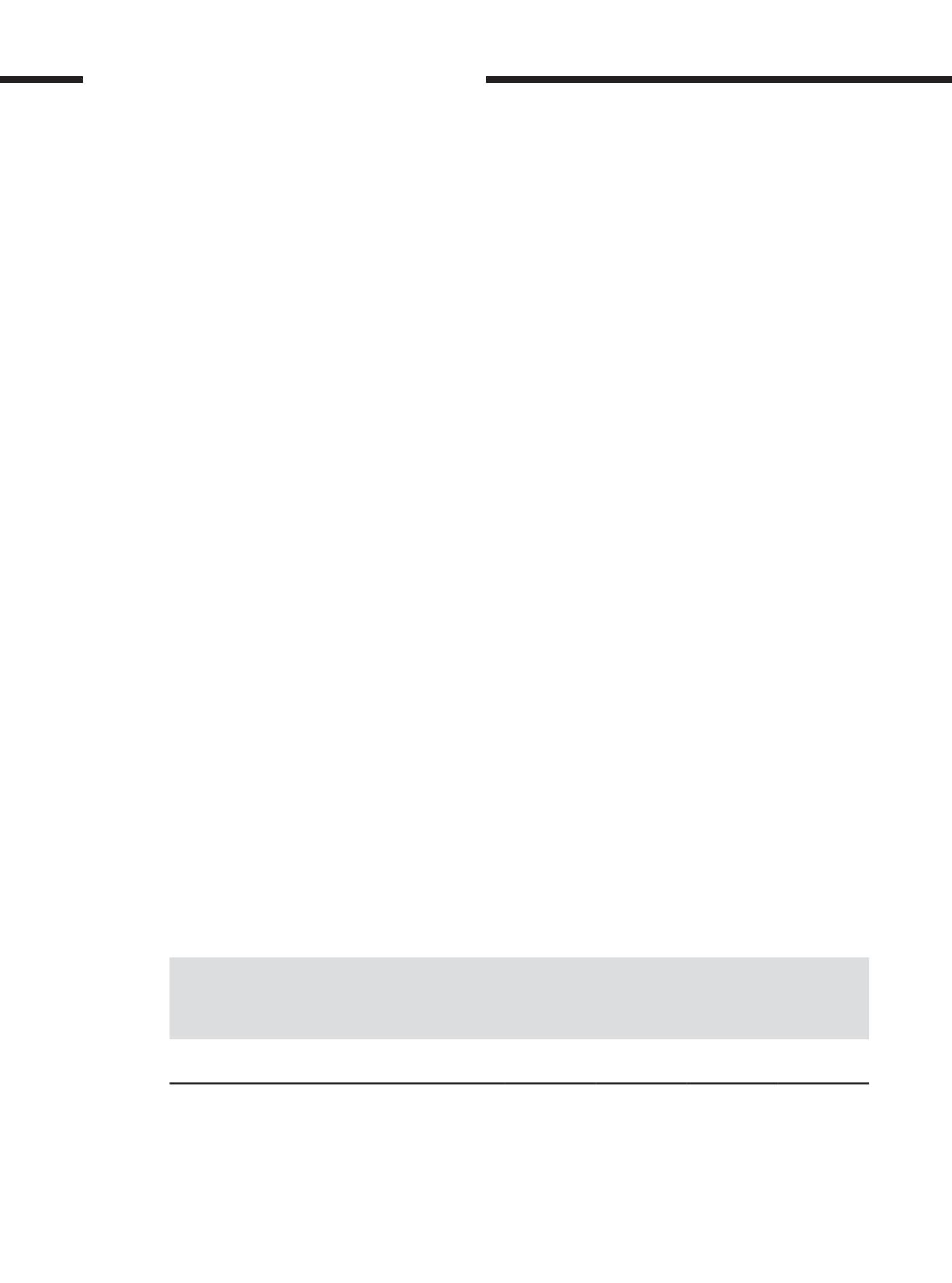

39. Financial instruments (cont’d.)
(b) Credit quality of financial assets (cont’d.)
All defaults were fully recovered.
All other receivables and deposits are substantially with existing counterparties with no history of default.
40. Financial risk management policies
The Group and Company is exposed to market risk (including fuel price risk, interest rate risk and foreign currency risk), credit risk
and liquidity risk. The Group and Company uses financial instruments such as fuel swaps, interest rate swaps and caps, and foreign
currency forwards to mitigate its financial risks.
The Board of Directors is responsible for setting the objectives and underlying principles of financial risk management for the
Group and the Company. The management team then establishes detailed policies such as risk identification and measurement,
exposure limits and risk management strategies. Financial risk management policies and procedures are reviewed regularly to
reflect changes in the market condition and the Group’s and Company’s activities.
The Group and Company also seeks to ensure that the financial resources that are available for the development of the Group’s
and Company’s businesses are constantly monitored and managed vis-a-vis its ongoing exposure to fuel price, interest rate, foreign
currency, credit, liquidity and cash flow risks.
The policies in respect of the major areas of treasury activities are as follows:
(a) Market risk
Market risk is the risk that the fair value or future cash flows of a financial instrument will fluctuate because of changes in
market prices such as foreign exchange rates, jet fuel prices and interest rates. The objective of market risk management is to
manage and control market risk exposure within acceptable parameters while optimising the return on risk.
(i) Fuel price risk
The Group and Company are exposed to jet fuel price risk and seek to hedge their fuel requirements using fuel swaps
(Note 21). If a barrel of jet fuel/brent oil at 31 December 2017 had been USD5 higher/lower with all other variables held
constant, the impact on the post-tax profit and equity for the year are as follows:
Group and Company
2017
2016
+USD5
RM’mil
-USD5
RM’mil
+USD5
RM’mil
-USD5
RM’mil
Impact on post-tax profits
15.80
(15.80)
32.60
(37.90)
Impact on other comprehensive income
–
–
159.70
(159.70)
NOTES TO THE
FINANCIAL STATEMENTS
FOR THE FINANCIAL YEAR ENDED 31 DECEMBER 2017
[ ]
AirAsia Berhad
REPORTS AND FINANCIAL STATEMENTS
350


















